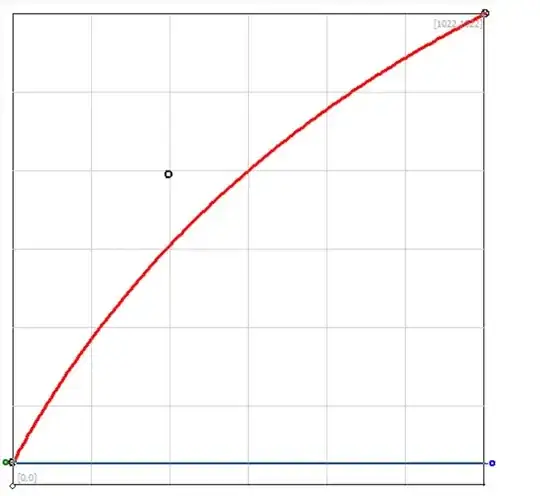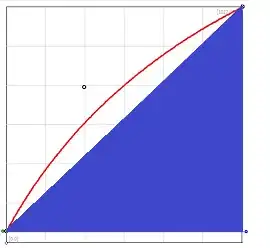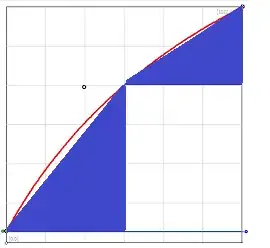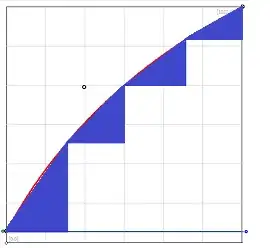I need to find the length of this curve:

I don't have a function but I do have 3 sets of coordinates:
$(0, 51)$, $(337, 674)$, and $(1022, 1022)$
The $(337, 674)$ set refers to the tangent and it makes the curve be equidistant.
I know nothing beyond basic math, however I'm working on this tablet pressure sensitivity thing and there's no other way out. I have to find the length of the curve or figure out the function which creates that curve.
Thank you fellas!
 !
! !
!